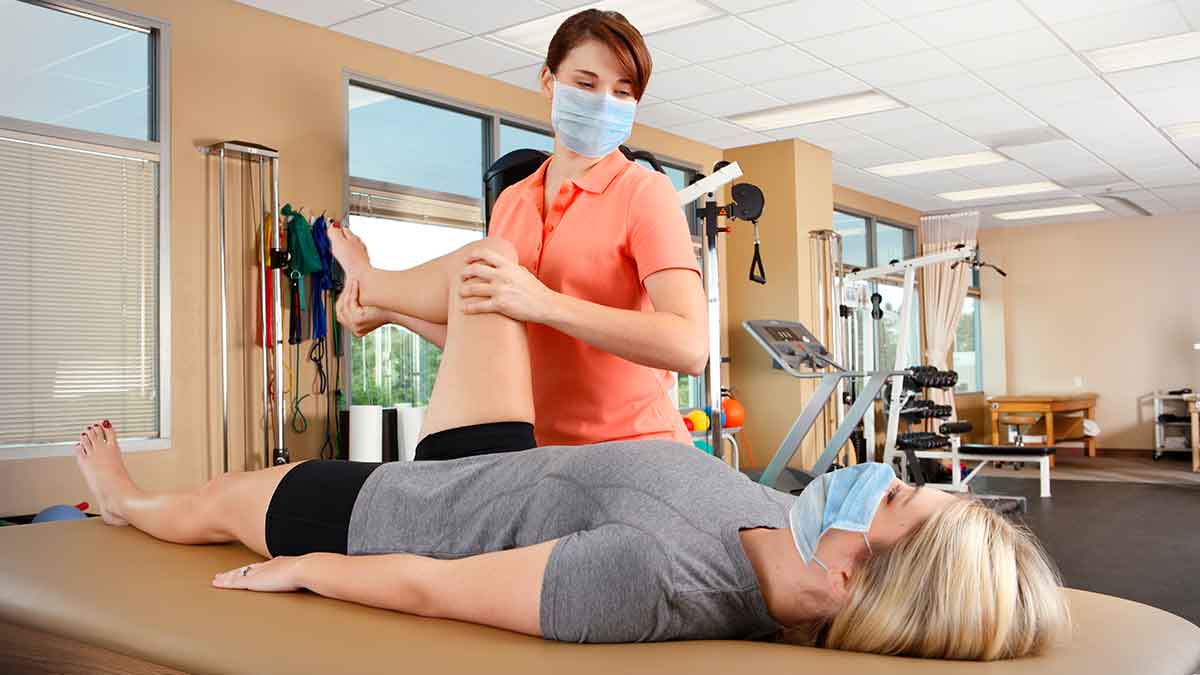Foam represents an important technique that can greatly enhance a individual's flexibility program. It entails using a round foam roller to apply pressure to targeted sections of the body. This method is known as SMR, which helps to relieve soft tissue restrictions and improves overall flexibility. Many athletes and training individuals integrate foam rolling into their preparation and cool-down sessions to ready their muscles for activity and aid in rehabilitation subsequently. Knowing how to use foam rolling effectively can lead to better outcomes and a reduced risk of physical setbacks.
To start, it is essential to choose the suitable foam roller. Foam rollers come in different densities and sizes. A gentler foam roller is recommended for beginners or those with sensitive muscles, while a high-density roller can provide greater pressure for more advanced users. The size of the roller should also be considered; full-length rollers can be effective for larger muscle groups, while compact ones are better for isolating specific areas. Once the most suitable roller is chosen, individuals can begin to incorporate foam rolling into their regimen productively.
When using a foam roller, it is crucial to focus on deliberate movements. Rolling over tight areas too fast can browse around this site cause unease and may not provide the desired benefits. Instead, individuals should roll gradually over each muscle group for 30 seconds to two minutes. This allows the muscles to release tension and helps to release knots and areas of tension. Breathing deeply while rolling can also enhance relaxation and effectiveness. Targeting major areas such as the lower legs, quadriceps, hamstrings, and back can lead to noticeable improvements in flexibility.

Moreover, combining self-myofascial release with stretching can maximize flexibility gains. After using the foam roller, it is advantageous to perform stationary stretches on the same muscle groups that have been released. This method helps in promoting blood flow and increasing the range of motion in those muscles. For example, after rolling the hamstrings, stretching them by performing a forward bend can further enhance flexibility. Integrating these techniques into a regimen ensures that muscles are both relaxed and lengthened.
Lastly, regularity is key when it comes to foam rolling and improving flexibility. Integrating foam rolling into a useful site regular routine can provide long-term benefits. It is advised to spend at least 10 minutes a few times a week targeting different muscle groups. By establishing foam rolling a regular component, individuals will likely see positive changes in their flexibility over time. This strategy not only prepares the body for physical activity but also aids in recovery and maintenance of overall muscle health, making it an essential addition to any fitness program.
Comments on “Optimizing One’s Mobility Schedule with the help of Advanced Self-Myofascial Release Approaches”